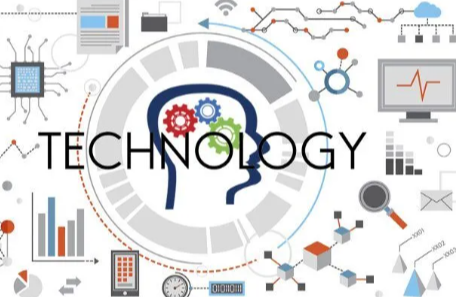Technology significantly influences disaster management by improving preparedness and response strategies. Early warning systems and predictive analytics enable the assessment of risks through data analysis. Drones and remote sensing technologies enhance damage assessments with real-time aerial surveillance. Additionally, communication tools facilitate swift information dissemination among responders and the public. This integration raises questions about future advancements and their potential impact on community resilience. What lies ahead in the evolution of these technologies?
Early Warning Systems and Predictive Analytics
Early warning systems and predictive analytics play a crucial role in enhancing disaster management efforts by providing timely information that can mitigate the impact of natural disasters.
These systems leverage predictive modeling to analyze vast datasets, allowing for accurate forecasting of potential threats. By utilizing advanced algorithms, they assess risk factors associated with various disasters, such as floods, hurricanes, and earthquakes.
This proactive approach not only informs communities but also empowers decision-makers to implement effective response strategies. Furthermore, the integration of real-time data enhances situational awareness, enabling a rapid response that can save lives and reduce economic losses.
Ultimately, the synergy of predictive analytics and risk assessment strengthens resilience and fosters a culture of preparedness among individuals and communities alike.
Read more: How Technology Is Changing the Music Industry
Drones and Remote Sensing Technologies
The integration of drones and remote sensing technologies has revolutionized the landscape of disaster management by enhancing data collection and situational analysis.
Drones equipped with advanced sensors provide critical aerial surveillance, allowing for real-time assessments of disaster-stricken areas. This capability is particularly valuable in scenarios where traditional methods may falter, such as assessing damage in hard-to-reach locations.
Through drone mapping, responders can obtain detailed geographic information, facilitating effective resource allocation and strategic planning. Furthermore, the high-resolution imagery captured by these systems enables analysts to identify changes in the environment swiftly.
Communication Tools and Mobile Applications
As disaster scenarios unfold, effective communication becomes paramount for coordinating response efforts and ensuring public safety.
Communication tools and mobile applications play a vital role in disseminating information quickly and efficiently. Social media platforms serve as essential channels for real-time updates, allowing authorities to engage with communities and share critical information.
Furthermore, mobile applications designed for emergencies can deliver tailored alerts directly to users’ devices, ensuring that individuals receive timely warnings about impending threats.
These technologies not only facilitate two-way communication between responders and the public but also empower citizens to share their experiences and needs.
Data Management and Real-Time Decision Making
Effective communication tools set the stage for data management and real-time decision making in disaster scenarios.
The integration of cloud computing facilitates the storage and accessibility of vast amounts of data, enabling responders to retrieve critical information promptly.
Data visualization plays a crucial role in transforming complex datasets into understandable formats, allowing decision-makers to grasp situational dynamics quickly.
Through interactive dashboards and maps, stakeholders can assess risks and allocate resources effectively.
This real-time analysis not only enhances situational awareness but also fosters collaboration among various agencies.
Ultimately, leveraging technology in data management empowers communities to respond swiftly and efficiently, ensuring that individuals remain informed and safeguarded during emergencies.
Conclusion
In conclusion, the integration of innovative technologies in disaster management significantly strengthens strategic responses and community resilience. Early warning systems and predictive analytics provide critical clarity, while drones and remote sensing enhance damage detection. Communication tools and mobile applications facilitate fast information flow, fostering collaboration among responders. Ultimately, the synergy of these technological advancements cultivates a comprehensive framework that empowers communities, ensuring they are better equipped to confront calamities with confidence and competence.



